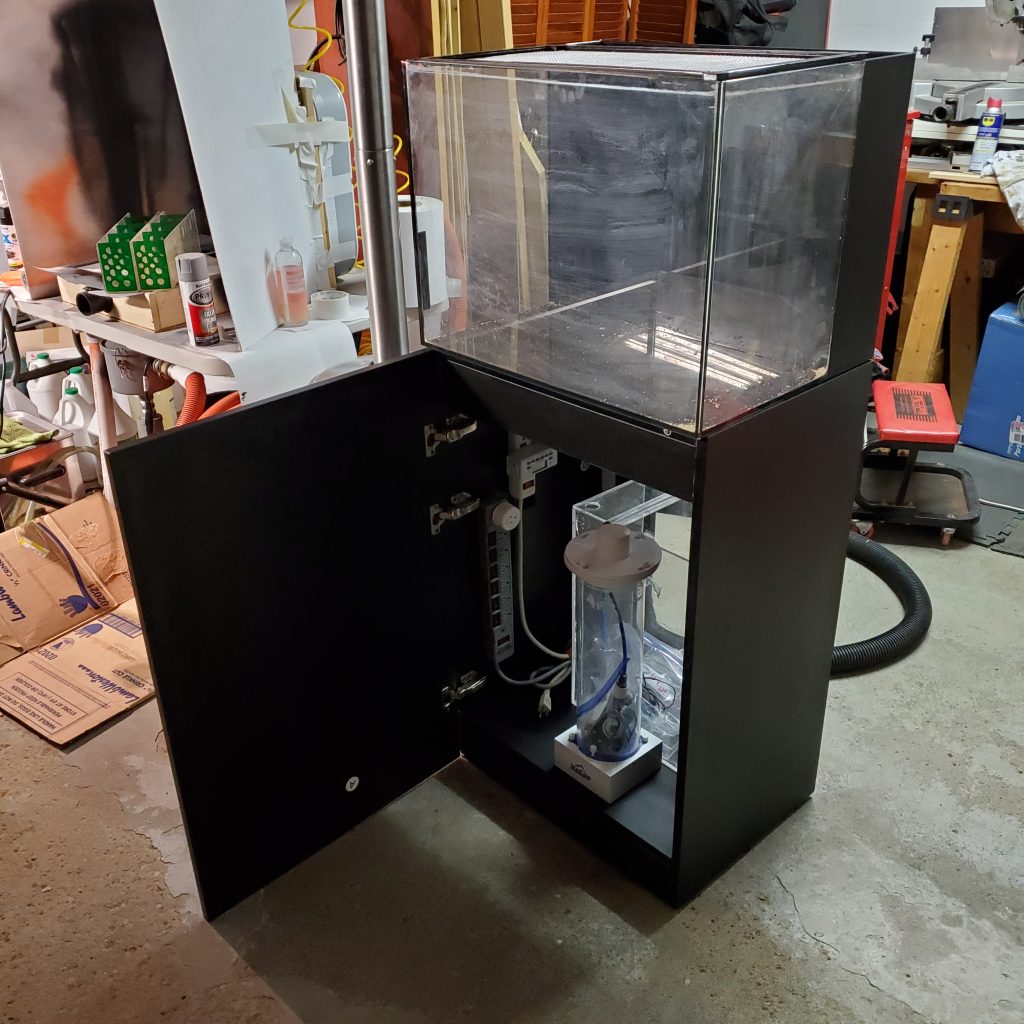
“Reefing on the cheap” may sound like an oxymoron. All hobbies and pets have a cost of entry. But there are ways to reduce your costs. When it comes down to the reefing hobby it means embracing used equipment and a “Do It Yourself” mentality.
Kicking it Old School
The early days of the saltwater aquarium hobby were primarily “DIY” driven. Most products were directly pulled from the freshwater market and did not necessarily meet the needs. As a high schooler working at a local fish store chain I could not afford many of the off the shelf products even with a 50% employee discount. I ended up reading every reefing book available to understand the filtration principles and built my own systems from readily available material. Integrated systems and newly shared knowledge today have launched reefing to a new level of “DIY”. Return to the “DIY” roots of the hobby. Educate yourself and with a little effort you can save some money.
Areas of Opportunity
Learn to address challenges not as “problems” but “opportunities.” Opportunities can be broken down into the following categories:
- Equipment
- Consumables
- Livestock
Equipment
Used equipment is the highest form of cost savings if you are OK with pre-enjoyed functional stuff. Depending how you look at it, it may be fortunate or unfortunate there is such an influx of people in and out of the hobby. Take advantage of the amount of used equipment and even full systems you can purchase at a fraction of the retail price. Understand what the reputable products are out on the market. Inspect the external condition and perform a quick test of functionality. Some items can be repaired, but compare the price and your ability to fix versus new. Once you acquire everything spend the time to clean it up to almost new conditions to suit your needs.
- Tanks/Sumps – Check the manufacturing date, inspect the silicone seals for damage or leaks, and glass damage (scratches, chips, cracks)
- Note: Small Glass scratches can be buffed out with cerium oxide and water as a re-usable abrasive.
- Stands – Inspect for water damage, swelling, delamination, and hardware condition which may impact structural integrity.
- Filters and Pumps – Inspect for cord insulation conditions at the wet and dry ends, and inspect impellers for blade damage or magnet swelling/cracks.
- Lights – Check the manufacture date and ask about the photoperiod & intensity applied since that will determine the life left of the bulb or LEDs.
- Electronics – Inspect for salt creep and corrosion damage.
- DIY Accessories – Build your own controller accessories, frag racks, sumps, etc.
- Non-Brand Name Equipment – Research what is available to meet “Fit, Form, and Function” but curb your expectations with respect to operability, quality, and life.
Consumables
Consumables are the second cost saving category. This is a renewable cost savings since you are constantly replenishing it. The cost savings of consumables are not the biggest but will add up over time. These are will require some homework and effort to create a substitute for off the shelf items. This will clearly be only for those with time and ability to follow the many DIY solutions presented by other hobbyists over the years.
- Frozen Food – You can go to your local seafood market and make a blend of various items to feed your livestock.
- Filter media – Bulk materials can be sourced from local and online vendors. You will have to search to match the specifications of the existing item.
- Chemical additives and Supplements: This can range from the basic 2 Part Solutions for Alkalinity, Calcium, and Magnesium, Kalkwasser (Calcium Hydroxide), to Amino Acids and various Trace elements. This item does require basic understanding of chemistry and mathematics to calculate the proper concentration of the reagents in question. Basic tools can be found in a previous article.
- Cultures – Growing your own phytoplankton and other live food cultures can offer you savings if you use a lot but will require a small investment to start and effort to maintain.
Livestock
Existing livestock in the community is another fabulous source. The influx of people in and out of the hobby will provide a discounted value. The main thing is being able to observe the condition of the existing system it is coming from in person to make your decision. Always dip corals for pests and provide some minimum level of prophylactic dip on fish as well during acclimation.
- Locally sourced coral frags from hobbyists are typically hardier just as with aqua cultured varieties and saves you on shipping.
- Livestock from hobbyists exiting the hobby are a great opportunity but is all based on timing.
All the above are options you can look into based on need, to create the balanced reef setup you are looking for. Not many of us can drop such a large amount of cash all at once. So either save up and purchase what you want over time or Reef on the Cheap when opportunities arise!










0 Comments